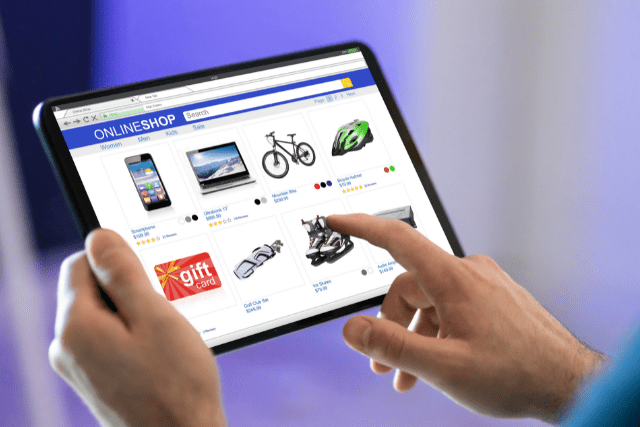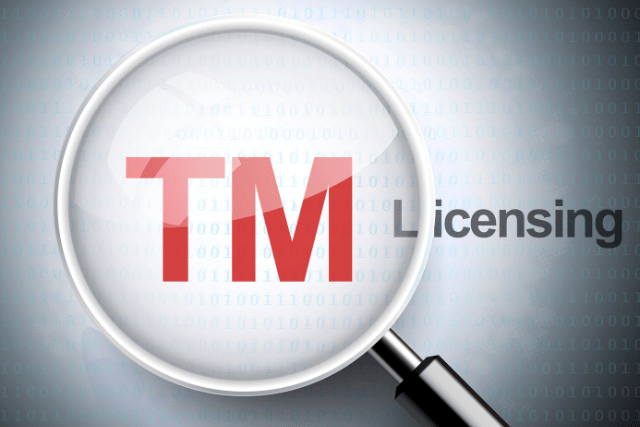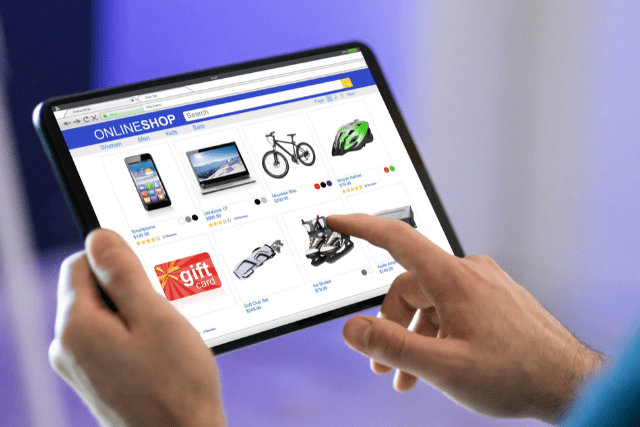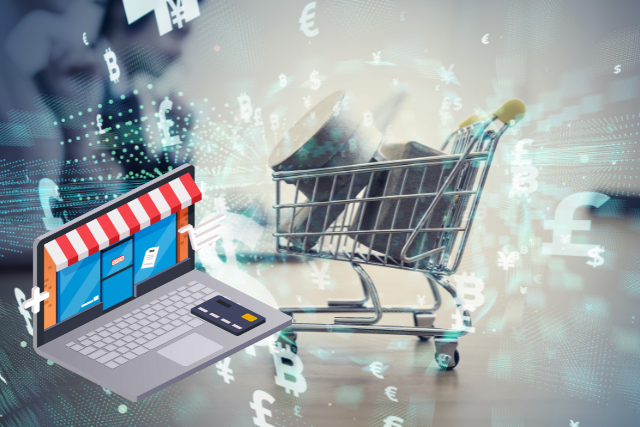E-commerce packaging is an essential component of successful online shopping experiences. From design to distribution, e-commerce packaging influences customers’ decisions and perceptions.
This article explores the Psychology of Ecommerce Packaging and how it affects the success of online shopping. Factors such as materials used, environmental impact, competitive advantages, and psychological influences will be examined to understand better the role that e-commerce packaging can play in enhancing customer satisfaction.
Furthermore, this article will also consider the implications of e-commerce packaging in India and explore various strategies for maximizing its positive impact on customer experience.
Table of Contents
Key Takeaways
- E-commerce packaging plays a critical role in influencing customer decisions and perceptions.
- Design, materials, and sustainability are essential factors in e-commerce packaging design.
- Understanding target audience preferences, color psychology, and branding strategies can enhance the unboxing experience and create lasting impressions.
- Choosing sustainable packaging options can establish socially conscious brands and become essential to online shopping decisions.
The Basics of Ecommerce Packaging
The basics of ecommerce packaging, such as the types of materials used and trends in the market, are important topics to consider when understanding the psychology behind successful online shopping experiences. Packaging design is key to creating an enjoyable customer experience while providing product protection.
Customization options and branding strategies can also help ensure that products arrive to customers in a manner that reflects the company’s values and mission statement. In addition, well-designed packages can provide an element of surprise for customers, which can further increase satisfaction with their purchases.
Many materials may be used for ecommerce packaging,s such as corrugated cardboard boxes, plastic wrap or bags, bubble wrap or air pillows, foam inserts, and packing peanuts. Each material has advantages and disadvantages depending on cost efficiency, weight requirements, environmental concerns, or product fragility. It is important to carefully assess all possible options and develop a strategy to meet customer needs while minimizing business costs.
Due to growing consumer awareness about environmental issues, ecommerce packaging trends have shifted towards more sustainable methods in recent years. For example, many companies have replaced single-use plastics with biodegradable alternatives or used recycled materials instead of new ones. Additionally, innovative solutions such as reusable mailers are becoming increasingly popular since they offer customers both convenience and sustainability benefits.

Factors to Consider in E-commerce Packaging
Considering the variety of components that comprise a successful online shopping experience, it is essential to evaluate the impact of e-commerce packaging. Packaging design plays an important role in creating a positive customer experience and helping to reinforce brand identity. From the unboxing ritual to product protection, there are several factors to consider when designing e-commerce packaging that will maximize its impact:
Packaging Design
A well-designed package should be eye-catching and attractive while conveying a sense of quality and reliability. It can also serve as an extension of your marketing strategy by memorably reflecting your company’s branding and values.
Brand Identity
Your packaging should be consistent with other brand visuals, such as logos or fonts, so customers can quickly identify it among other products in their home or office space. This helps build loyalty and trust with consumers over time.
Customer Experience
The material used for e-commerce packaging should protect the item from damage during transit while being lightweight enough for cost-effective shipping. Additionally, providing easy access to products without excessive plastic wrap or tape can make unpacking items more enjoyable for customers, contributing positively to their overall experience.
E-commerce packaging has become an increasingly important aspect of online shopping success because it influences consumer perception and creates powerful marketing messages without words.
By considering all these factors when designing packages for your business’s products, you can ensure they deliver maximum value in terms of customer satisfaction, brand recognition, and cost-effectiveness.
Maximizing Impact
By evaluating the impact of e-commerce packaging, businesses can maximize its effectiveness in terms of customer satisfaction, brand recognition, and cost efficiency. Branding strategies such as product labeling or logo placement on the packaging are essential for creating a lasting impression with customers.
Color psychology is also an important consideration to convey the desired message and evoke positive emotions. The unboxing experience can be further enhanced by adding personalization options like handwritten messages or gift wrap services that help create emotional connections with customers.
In addition to these external factors, it is also crucial to consider the internal components of e-commerce packaging, including materials selection and box design. High-quality materials like cardboard boxes and bubble wraps can increase durability while ensuring cost efficiency at the same time. As for box design, customizing dimensions to fit the product’s size perfectly will not only reduce shipping costs but also prevent unnecessary damage during transportation.
These considerations become even more important when dealing with fragile products as they require extra protection from shock or vibration during transit. By utilizing custom inserts and cushioning materials such as foam sheets or air pillows, companies can provide adequate protection without increasing bulkiness too much.
Design Considerations
Well-designed e-commerce packaging can be likened to a beautiful gift box, creating an unforgettable experience for customers and elevating the perceived value of its contents. When it comes to design considerations for effective e-commerce packaging, four key components need to be addressed: Color Psychology, Brand Identity, User Experience, and Visual Appeal.
Color psychology is essential in creating an emotional connection with the buyer through the use of color cues which can evoke feelings of trust and loyalty. The brand identity should also be considered when designing e-commerce packaging, as this will help build recognition amongst consumers.
It is important that the user experience is seamless; packages must be designed with usability in mind so that they are easy to open and close without damaging the product inside. Finally, visual appeal plays an important role in drawing attention to online products – if a package looks attractive, customers are more likely to consider buying it.
Understanding target audience preferences is critical when designing effective e-commerce packaging; packages should be tailored toward specific customer needs and reflect their values. By considering all these design elements during the creation process, companies can ensure their products stand out from competitors and make a lasting impression on consumers.

Materials Used
Material selection plays an important role in creating successful e-commerce packaging. The materials used can profoundly affect the overall user experience, from unboxing to disposal. Sustainable options, branding opportunities, protective features, customizability options, and shipping considerations can all play a part in determining the best material for any application.
| Feature | Considerations |
|---|---|
| Sustainable Options | Recyclable or compostable materials |
| Branding Opportunities | Materials that display well with logos or product information printed on them |
| Protective Features | Durability of materials to protect against shock or abrasion during transport and handling. |
| Customizability Options | Materials that are easily modified to accommodate different product sizes and shapes. |
| Shipping Considerations | Lightweight materials that reduce shipping costs while maintaining adequate protection during transit. |
Choosing the right material is essential for meeting customer expectations as it contributes to the overall feeling generated by the package design—from tactile elements like texture and flexibility to visual aspects such as color and opacity. From sustainable solutions to cost-effective alternatives, understanding how different materials can be leveraged is key when optimizing e-commerce packaging designs for success — both now and into the future, leading us into our next discussion about the costs involved.

Costs Involved
Considering the cost implications, e-commerce packaging requires careful consideration of multiple factors to ensure a successful outcome. Cost optimization for online businesses depends on various elements, including packaging efficiency, shipping rates, customer satisfaction, and brand recognition. To achieve these objectives within a budget, companies must consider the following key points:
- Packaging efficiency: Keeping up with industry standards to ensure products are packaged securely can help reduce costs while avoiding damage during transit.
- Shipping rates: Selecting appropriate shipping services that combine convenience and cost-effectiveness can make a significant difference when managing expenses.
- Customer satisfaction: Investing in quality materials and attractive design will create positive customer impressions and impact brand recognition. Additionally, investing in protective packing materials is essential for ensuring products arrive safely at their destination.
By carefully evaluating these components during the packaging process, businesses can effectively manage their budget while maintaining quality standards and customer satisfaction. Moreover, creating an attractive package reflecting the company’s values will increase brand recognition.
Environmental Impact
As e-commerce continues to grow, it is essential for businesses to recognize the environmental impact of their packaging decisions. Sustainability impact is a major factor when considering consumer perception and waste reduction. Consumers increasingly seek brands that prioritize green materials to reduce their carbon footprint. Companies must be aware of how their packaging choices will influence customer buying behavior, overall brand image, and the environment.
Paper-based packaging material can often require more energy during production than plastic materials, but the paper is also biodegradable and recyclable, which makes it a better choice from an environmental perspective.
Some companies offer sustainable options for e-commerce packaging, such as cardboard boxes made from recycled materials, organic cotton bags, or compostable plastics made with renewable sources like sugarcane or cornstarch. These alternatives can help businesses reduce their ecological footprint while providing reliable product protection during shipping.
Eco-friendly packaging is becoming an important factor in online shopping decisions, and customers often look out for labels that indicate certain standards have been met in terms of sustainability practices by the company.
Psychological Influences
The psychological implications of e-commerce packaging can significantly shape customer buying behavior and the overall success of online shopping experiences. Consumers are highly influenced by the look and feel of product packaging when making purchase decisions.
Brand identity and emotional attachment to a product can be created through carefully crafted package designs that evoke certain feelings in customers. Perception management is another important factor, as it helps to create an impression of quality and value about the product being sold.
It is important to consider how package design impacts consumer behavior to maximize sales potential. By changing the type or style of packaging used, companies can leverage brand identity and increase emotional attachment to their products. This will help to create a positive perception among customers, encouraging them to make a purchase decision that benefits both parties involved.
Using environmentally friendly materials for e-commerce packaging will also help businesses establish themselves as socially conscious brands while reducing their carbon footprint at the same time. Companies should consider all these factors to maximize their competitive advantages over other players in the market.
Competitive Advantages
By leveraging the right packaging design to create a positive perception among customers, businesses can gain competitive advantages over their rivals in the e-commerce market. Brand differentiation is key in this regard and can be achieved through creative packaging designs that evoke strong emotional responses from customers.
This will help to enhance customer experience and ensure repeat business opportunities. Additionally, attractive packaging has the potential to serve as a marketing tool for businesses as they can use them to promote their brand identity.
The right packaging design also allows businesses to stand out among competitors by creating a unique brand image that resonates with target consumers. Furthermore, product safety is another important factor when selecting appropriate materials and designing packages for e-commerce products.
The use of durable materials such as corrugated cardboard boxes or bubble wraps can provide extra protection during transit, helping to reduce damage-related incidents and improve customer satisfaction levels significantly.
When it comes to cost efficiency and environmental sustainability, businesses should opt for more lightweight materials requiring less energy consumption during production while still providing adequate protection for e-commerce products.
By carefully considering these factors while selecting suitable packaging solutions, companies can gain a greater competitive advantage in the online marketplace and attract more customers in the long run.
Distribution Strategies
Distribution strategies play a critical role in achieving success for e-commerce businesses, as efficient delivery of goods can help to create customer loyalty and satisfaction. Direct-to-consumer (D2C) distribution is an increasingly popular method of delivering products directly from the online retailer to the customer, bypassing any third-party retailers or logistics companies.
This allows online stores more control over their supply chain management, inventory management, and shipping options. Additionally, this distribution strategy enables them to provide customers with fast delivery times and competitive pricing.
Third-party logistics (3PL) providers are also commonly used by many e-commerce businesses to streamline their operations. By outsourcing the storage, fulfillment, and shipment of orders to 3PLs such as Amazon Fulfillment Centers, e-commerce store owners can focus on other aspects of their business while ensuring that customers receive their packages quickly and safely.
3PLs can offer a wide range of shipping options that often enable customers to track their order status in real-time, providing them with peace of mind when purchasing online.
Fulfillment centers provide an effective way for e-commerce companies to manage inventory levels efficiently and effectively. Establishing warehouses close enough for goods ordered by customers from different regions worldwide could be shipped quickly at an affordable cost. Through these fulfillment centers, online stores can reduce storage costs and ensure timely delivery throughout the entire supply chain process.
Frequently Asked Questions
What are the most cost-effective materials for ecommerce packaging?
When it comes to ecommerce packaging, cost-effectiveness is a major factor. To maximize customer satisfaction and sustainability goals while minimizing packaging costs, businesses must consider their shipping strategies. For example, Amazon utilizes lightweight packaging materials such as cardboard boxes and bubble wrap for its shipments. This enables them to reduce transportation costs while providing adequate product protection.
Companies can also look into using eco-friendly materials such as paper-based containers that are designed with creative shapes and designs that add an extra element of brand recognition. Furthermore, by leveraging these cost-effective materials and shipping strategies, businesses can ensure they meet their customers’ needs and sustainability goals without breaking the bank.
How can I ensure my packaging will stand out from the competition?
To ensure packaging stands out from competitors, businesses should consider increasing brand visibility through personalizing options and attractive designs. This could be done by creating customized packaging with company logos or other branding elements that leave an impression on the consumer.
Ensuring delivery speed is fast and efficient can help to differentiate the business from others in the market. To further improve brand recognition, businesses may also want to consider offering unique packaging designs created for specific products or occasions, which helps to draw attention and make customers feel special.
How can I ensure my ecommerce packaging will be environmentally friendly?
It is essential for ecommerce businesses to focus on creating packaging solutions that are environmentally friendly to reduce waste and promote sustainability. Several options are available such as recycling materials, using eco-friendly materials, and upcycling ideas that can help achieve this goal.
E-Commerce companies should also consider the impact of their packaging in terms of the amount used, size, weight, and recyclability to ensure they are doing their part for the environment. By taking a creative approach and coming up with sustainable solutions to this problem, ecommerce businesses can make a difference and be successful in online shopping.
What are the best strategies for distributing ecommerce packages?
When distributing ecommerce packages, several strategies can be employed to ensure customer satisfaction. Tracking options should be available so buyers can monitor their packages throughout the shipping process and know when they will arrive. Shipping times should also be optimized to keep customers informed of delivery dates.
Packaging design is important as its quality and branding elements can make a lasting impression on customers. Furthermore, customer feedback should be considered when making decisions about distribution strategy as it provides valuable insight into what works and what does not.
How can I use ecommerce packaging to maximize the customer experience?
Ecommerce packaging can be used to maximize the customer experience by engaging customers through personalization tactics, such as adding customized or unique labels and designs. Additionally, design considerations are important when creating ecommerce packages since it allows companies to create a positive impression with customers.
You should also consider customer feedback when designing their packaging, as this provides valuable insight into what customers want in a package. Finally, product protection is essential for ensuring that items arrive undamaged and customers have a positive experience receiving their orders. Therefore, using these strategies together can help companies optimize the customer experience through effective ecommerce packaging.
Conclusion
The psychological implications of e-commerce packaging are undeniable. Through its design, materials used, and environmental impact, e-commerce packaging has the potential to influence our online shopping experience significantly.
As such, businesses must carefully consider their strategies to maximize their impact and reap the competitive advantages it offers. By understanding how the psychology of packaging affects customers, businesses can make more informed decisions about their e-commerce packaging and ultimately increase their success in the digital marketplace.
With this thought in mind, we can think of e-commerce packaging as a canvas on which businesses can paint a picture to promote their products and services – a vivid snapshot of what they have to offer. By investing resources into creating effective e-commerce packaging that speaks to their customer’s needs and desires, they will be well on their way toward achieving success in the ever-evolving digital landscape.







